#milton r krasner
Text

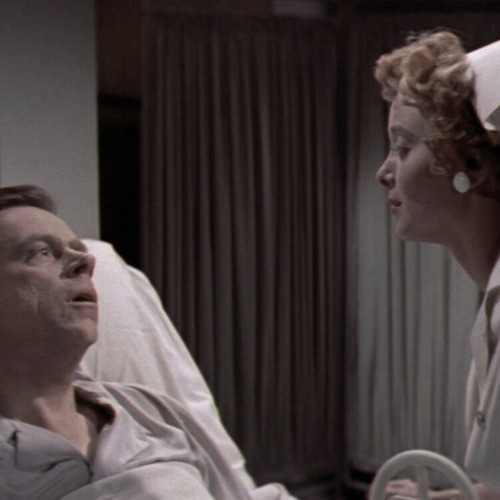
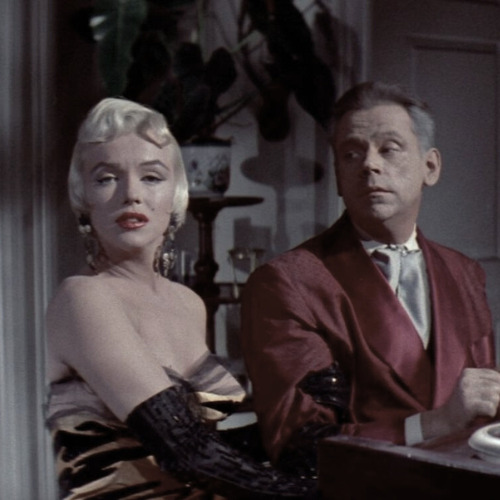

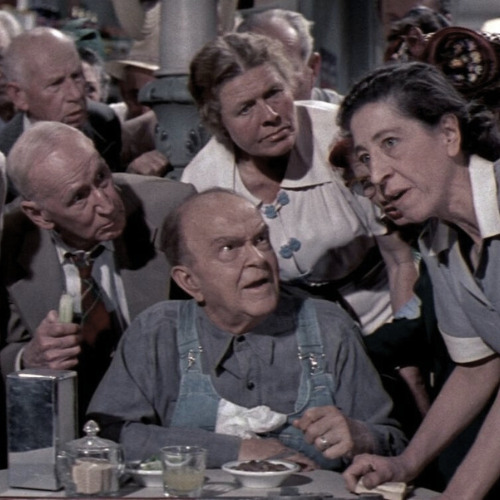



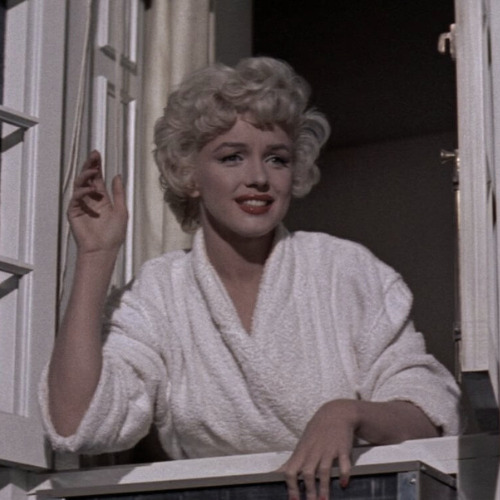
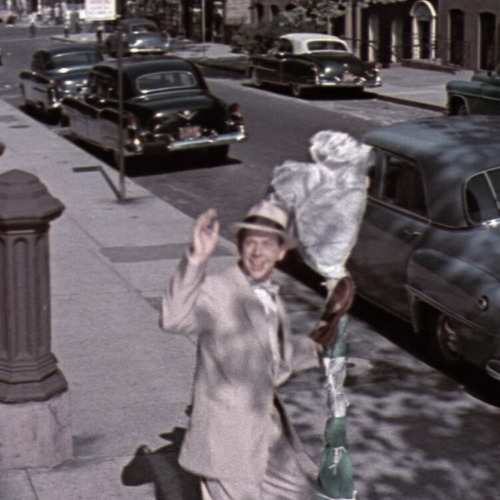
the seven year itch (1955) directed by milton r. krasner
"You and your imagination! You think every girl's a dope. You think a girl goes to a party and there's some guy, a great big lunk in a fancy striped vest, strutting around like a tiger giving you that I'm-so-handsome-you-can't-resist-me look. And for this she's supposed to fall flat on her face. Well, she doesn't fall on her face. But there's another guy in the room, way over in the corner. Maybe he's kind of nervous and shy and perspiring a little. First, you look past him. But then you sort of sense that he's gentle and kind and worried. That he'll be tender with you. Nice and sweet. That's what's really exciting."
#the seven year itch#milton r krasner#50s cinema#1950s movies#50s movies#moviesedit#filmedit#cinema#old cinema#movie aesthetic#movie graphics#marilyn monroe
38 notes
·
View notes
Text
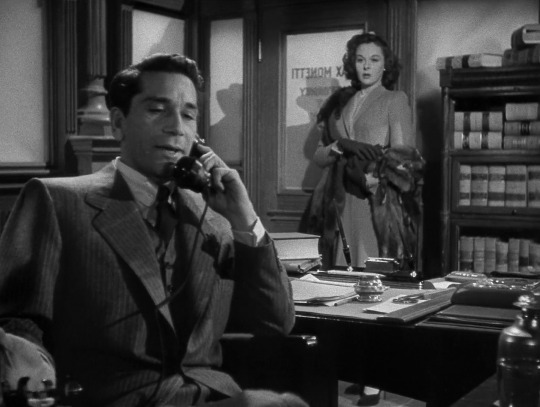

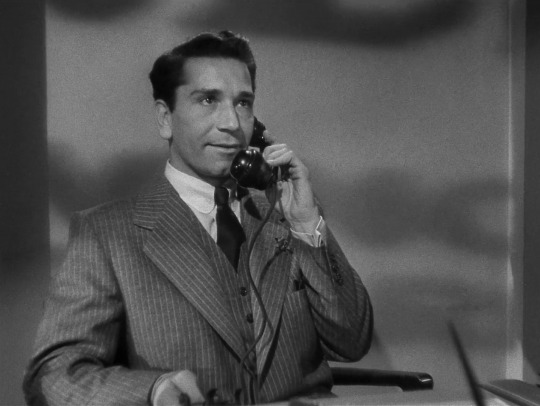



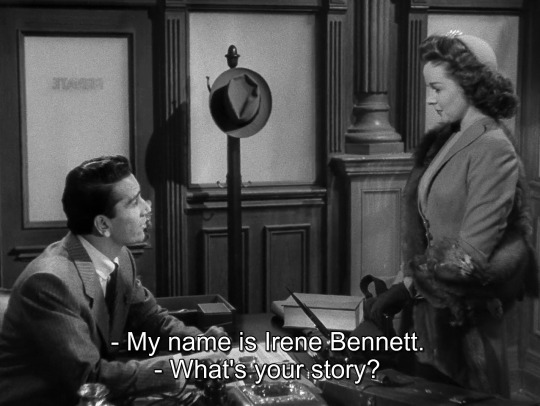


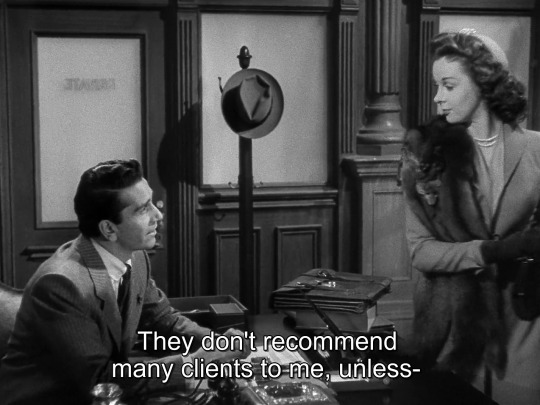
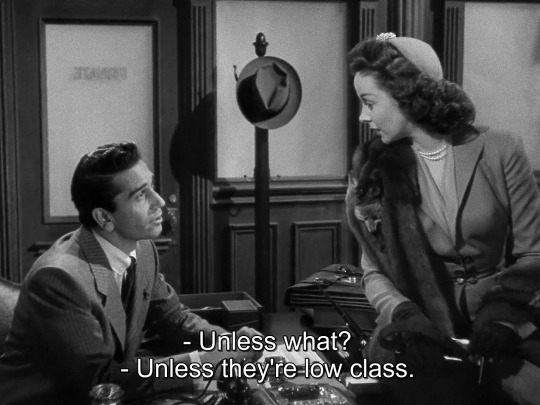
House of Strangers (1949).
#house of strangers#house of strangers (1949#joseph l. mankiewicz#richard conte#susan hayward#milton r. krasner#harmon jones#lyle wheeler#george w. davis#thomas little#walter m. scott#philip yordan#jerome weidman
11 notes
·
View notes
Text
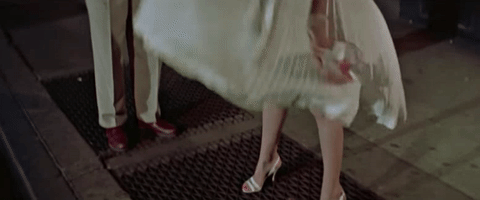
The Seven Year Itch (1955)
Director of Photography: Milton R. Krasner
Director: Billy Wilder
107 notes
·
View notes
Text

Tom Ewell and Marilyn Monroe in The Seven Year Itch (Billy Wilder, 1955)
Cast: Marilyn Monroe, Tom Ewell, Evelyn Keyes, Sonny Tufts, Robert Strauss, Oscar Homolka, Marguerite Chapman, Victor Moore, Dolores Rosedale, Donald MacBride, Carolyn Jones. Screenplay: Billy Wilder, George Axelrod, based on a play by Axelrod. Cinematography: Milton R. Krasner. Art direction: George W. Davis, Lyle R. Wheeler. Film editing: Hugh S. Fowler. Music: Alfred Newman.
Tiresome, talky, and unfunny, this may be Billy Wilder's worst film. Wilder blamed the censors, who squelched all the sexual innuendos that he wanted to carry over from David Axelrod's Broadway play. In the play, the protagonist, whose wife and child have gone to Maine to escape the summer heat in Manhattan, has an affair with the young woman who lives upstairs. The film's censors insisted that they must remain chaste: She spends the night in his apartment, sleeping in his bed while he spends a restless night on the sofa. The lead of the play, the saggy-faced character actor Tom Ewell, was retained for the film, while the biggest female star of the day, Marilyn Monroe, was cast opposite him. The result is a sad imbalance: Ewell, who is on-screen virtually all 105 minutes of the movie, is allowed to overplay the role as if performing to the rear of the balcony. Monroe, whose role is considerably shorter, works hard at giving some substance to her character, though it's little more than the ditzy blonde she had begun to resent having to play. And the match-up of Ewell and Monroe is entirely implausible. (On stage, the part was played by the pretty but decidedly un-Marilynesque Vanessa Brown.) The film is remembered today chiefly for the scene in which Monroe stands on a subway grate and her dress is blown up by a train passing below.
8 notes
·
View notes
Text

"Love with the Proper Stranger" (1963)
Directed by Robert Mulligan
Cinematography by Milton R. Krasner
#love with the perfect stranger#steve mcqueen#natalie wood#film#live action#black and white#cinematography#1960s
3 notes
·
View notes
Photo
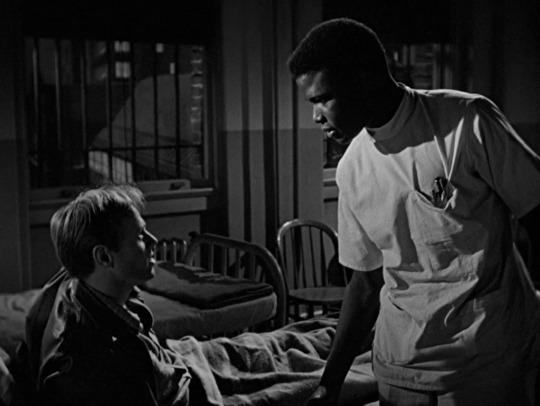
Joseph L. Mankiewicz, No Way Out, 1950
#film#Joseph L. Mankiewicz#no way out#milton r krasner#sidney poitier#richard widmark#american cinema#50s#film still
11 notes
·
View notes
Photo







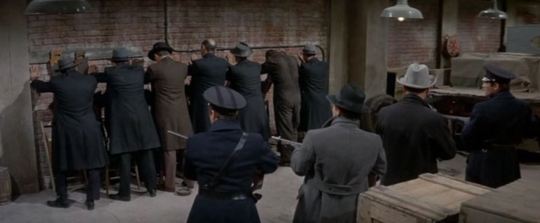

The St. Valentine’s Day Massacre
Roger Corman
Mlton R. Krasner
1967
#roger corman#saint valentin#san valentin#st valentines day#film#movie#al capone#jason robards#The St. Valentine’s Day Massacre#milton r krasner#valentines#valentine#1967#1967 movies
10 notes
·
View notes
Audio
The Invisible Man franchise gets a reboot with this 1944 sci-fi horror film THE INVISIBLE MAN'S REVENGE (dir Ford Beebe)!
With John Carradine as the mad scientist and Jon Hall as the vengeful invisible man, hear our thoughts on the fifth film in Universal's Invisible series.
Context setting 00:00; Synopsis 24:25; Discussion 34:06; Ranking 52:49
#podcast#horror#classic horror#universal pictures#the invisible man#the invisible man returns#the invisible man's revenge#ford beeb#bertram millhauser#hg wells#jon hall#john carradine#evelyn ankers#hans j salter#milton r krasner#sherlock holmes#leon errol#gale sondergaard#lester matthews#horror film#universal horror#old-fashioned cottage horror
1 note
·
View note
Video
Holiday Affair (1949)
Director: Don Hartman
Cinematographer: Milton R. Krasner
20 notes
·
View notes
Photo
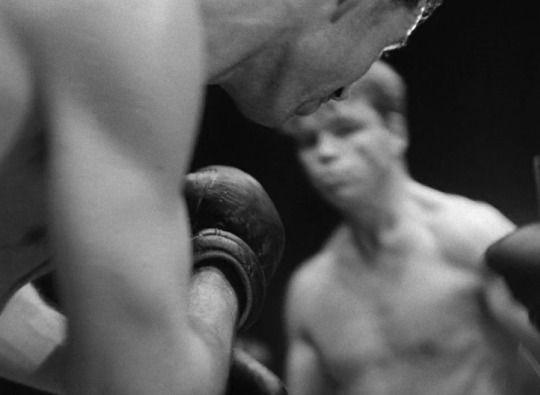

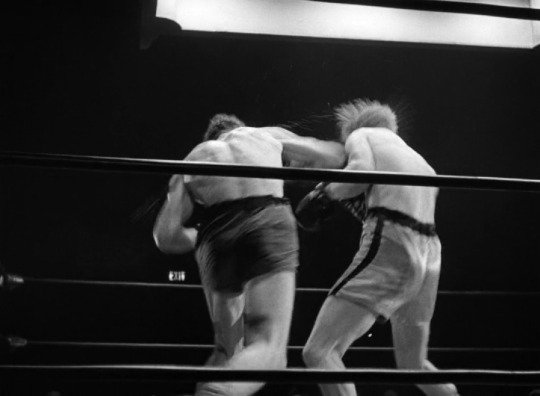
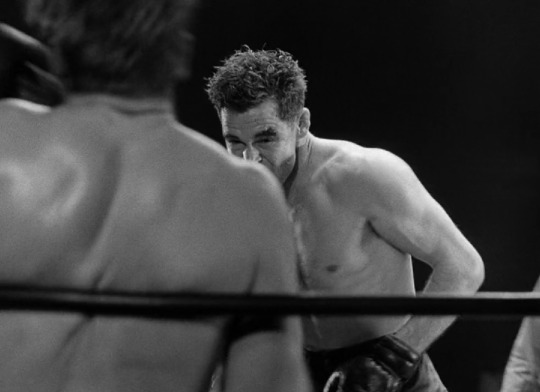
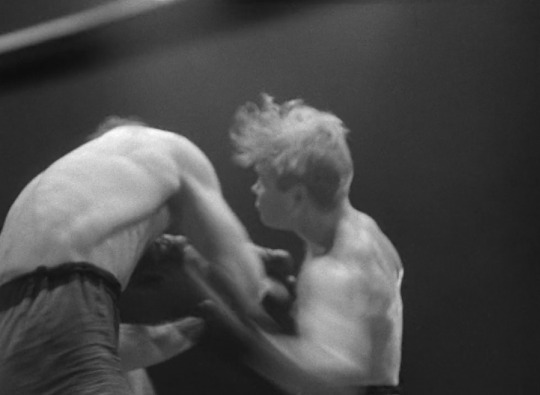

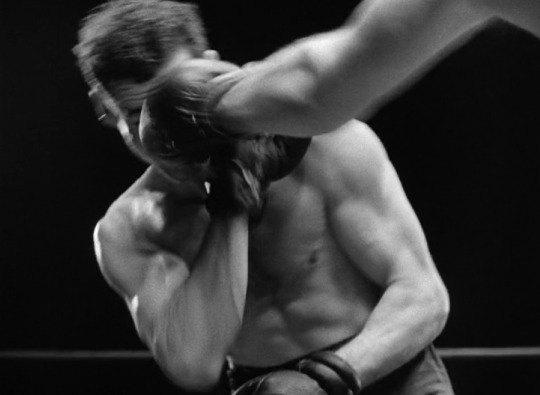



The Set-Up (1949)
Directed by Robert Wise
#robert wise#film noir#boxe#fighting#robert ryan#rko#art cohn#milton r. krasner#boxing#drama#cinematography#screenshot#black and white#lighting#joseph moncure march
4 notes
·
View notes
Photo


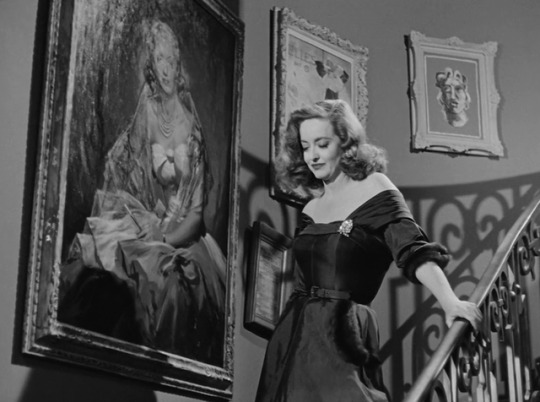




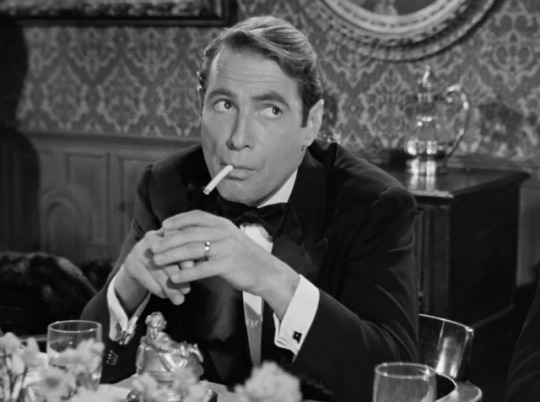
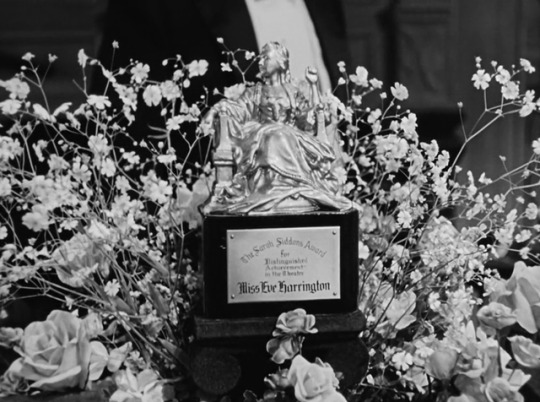
All About Eve (1950, Joseph L. Mankiewicz)
#all about eve#joseph l mankiewicz#bette davis#anne baxter#george sanders#celeste holm#gary merrill#thelma ritter#marilyn monroe#hugh marlowe#gregory ratoff#barbara bates#cinematography#film#milton r krasner#50s films#screencaps
7 notes
·
View notes
Photo









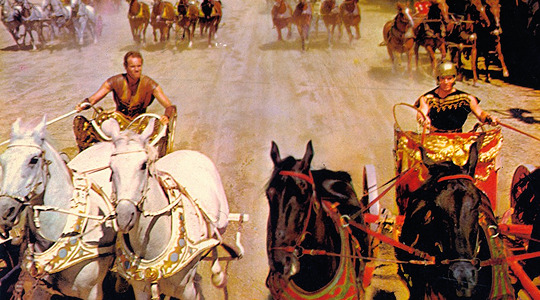
And the Academy Award for Best Cinematography goes to -
1950 - (BW) Robert Krasker The Third Man
(Not pictured - Colour - Robert Surtees - King Solomon's Mines)
1951 - (Colour) Alfred Gilks & John Alton - An American In Paris
(Not pictured - BW - William C. Mellor - A Place in The Sun)
1952 - (BW) Robert Surtees - The Bad & The Beautiful
(Not pictured - Colour - Winton Hoch & Archie Stout - The Quiet Man)
1953 - (BW) Burnett Guffey - From Here To Eternity
(Not pictured - Colour - Loyal Griggs - Shane)
1954 - (Colour) Milton R. Krasner - Three Coins In The Fountain
(Not pictured - BW - Boris Kaufman - On The Waterfront)
1955 - (Colour) Robert Burks - To Catch A Thief
(Not pictured - BW - James Wong Howe - The Rose Tattoo)
1956 - (BW) Joseph Ruttenberg - Somebody Up There Likes Me
(Not pictured - Colour - Lionel Lindon - Around The World in 80 Days)
1957 - Jack Hildyard - The Bridge On The River Kwai
1958 - (Colour) Joseph Ruttenberg - Gigi
(Not pictured - BW - Sam Leavitt - The Defiant Ones)
1959 - (Colour) Robert Surtees - Ben Hur
(Not pictured - BW - William C. Mellor - The Diary of Anne Frank)
#awards season#cinematography#academy award#best cinematography#50s#robert krasker#alfred gilks#robert surtees#william c mellor#winton hoch#archie stout#burnett guffey#loyal griggs#milton r krasner#boris kaufman#robert burks#james wong howe#joseph ruttenberg#lionel lindon#jack hildyard#bw#black and white#colour#sam leavitt
272 notes
·
View notes
Text

Marilyn Monroe and cinematographer Milton R. Krasner on the set of All About Eve (1950)
Re: Marilyn Monroe as Miss Casswell in All About Eve (1950) dir. Joseph L. Mankiewicz
#marilyn monroe#hollywood#classic hollywood#golden age of hollywood#old hollywood#vintage hollywood#vintage#actress#icon#celeb#model#all about eve#miss casswell#joseph l. mankiewicz#1950#1950s#1950s icons#1950s movies#1950s vintage#1950s actresses#1950s photography#1950s hollywood#1950s films#vintage photography#vintage movies#behind the scenes
49 notes
·
View notes
Photo

Today's review on MyOldAddiction.com, The Model and The Marriage Broker by #GeorgeCukor starring #ThelmaRitter and #JeanneCrain, "the perfect example of what top-flight Hollywood screenwriters can do with any scenario" GEORGE CUKOR Bil's rating (out of 5): BBB.5. USA, 1951. Twentieth Century Fox. …
#Academy Award 1951#Charles Brackett#Cyril J. Mockridge#Dennie Moore#Frank Fontaine#Helen Ford#Jay C. Flippen#Jeanne Crain#John Alexander#John DeCuir#Lyle R. Wheeler#Michael O&039;Shea#Milton R. Krasner#Renie#Richard L. Breen#Robert L. Simpson#Scott Brady#Thelma Ritter#Twentieth Century Fox#Walter Reisch#Zero Mostel
0 notes
Text

Linda Darnell, Sidney Poitier, and Richard Widmark in No Way Out (Joseph L. Mankiewicz, 1950)
Cast: Sidney Poitier, Richard Widmark, Linda Darnell, Stephen McNally, Mildred Joanne Smith, Harry Bellaver, Stanley Ridges, Dots Johnson, Ossie Davis, Ruby Dee, Amanda Randolph, Maude Simmons. Screenplay: Joseph L. Mankiewicz, Lesser Samuels. Cinematography: Milton R. Krasner. Art direction: George W. Davis, Lyle R. Wheeler. Film editing: Barbara McLean. Music: Alfred Newman.
Although its treatment of race relations in America seems naive today, No Way Out stands up as a solid drama about an issue that in the post-war years was finally receiving the attention from Hollywood filmmakers that it had too long deserved. It also launched the career of Sidney Poitier as well as, in smaller roles, Ossie Davis and Ruby Dee. The plot hinges on the novelty of a Black doctor, Luther Brooks (Poitier), serving as an intern in hospital in a large city. When two brothers, Ray (Richard Widmark) and Johnny Biddle (Dick Paxton) are admitted to the prison ward of the hospital after being shot by the police during a robbery, Brooks notices that Johnny's symptoms are not just that of a leg wound; suspecting some sort of mental impairment, Brooks does a spinal tap, during which Johnny dies. Ray Biddle has already demonstrated his racist animosity toward Brooks, and claims that he killed his brother. An autopsy would determine whether Brooks's suspicion that Johnny's death was caused by an undiagnosed brain tumor is correct, but Ray won't allow it, and he's backed up by his brother George (Harry Bellaver) and initially by Johnny's ex-wife, Edie (Linda Darnell). She once had an affair with Ray, but she loathes him and has done what she can to escape the poor-white neighborhood, Beaver Canal, where she grew up and the Biddles still live. Ray spurs the rabble-rousers of Beaver Canal to start a race riot, but they are met with resistance from the Black neighborhoods. The film is a little over-plotted: The crux of the plot, the autopsy, gets resolved in a way that isn't entirely convincing, and the confrontation of Brooks and Ray Biddle arrives in what's almost a coda, as an anti-climax. Widmark is allowed to overact in the role of Ray, and Poitier has yet to acquire the confident presence that made him a star. The best performance in the film comes from a deglamorized Darnell, who gives Edie a real toughness and vulnerability, suggesting that her inclination to do the right thing is at war with her experience growing up in Beaver Canal. The film's portrayal of raw racism still has the power to shock: We rarely hear white actors use the N-word today, even when their roles as bigots might seem to require it, and I flinched when a white woman spat in the face of Poitier's character. It's weaker in the treatment of racial violence: No one on either side seems to have any guns.
4 notes
·
View notes
Photo
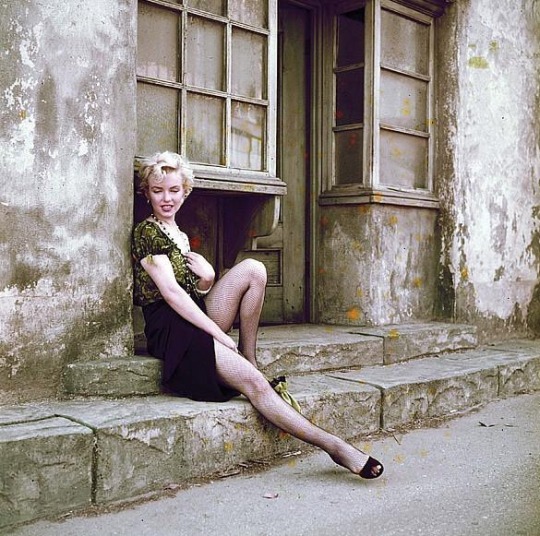
PH - Milton H. Greene - Marilyn Monroe (Publicity pictures). "Bus Stop". 1956. Directed by Joshua Logan. Cinematography: Milton R. Krasner. 20th Century Fox
#milton greene#marilyn monroe#joshua logan#milton r. krasner#20th century fox#film#ph#habitantes-oazj#milton h. greene
54 notes
·
View notes